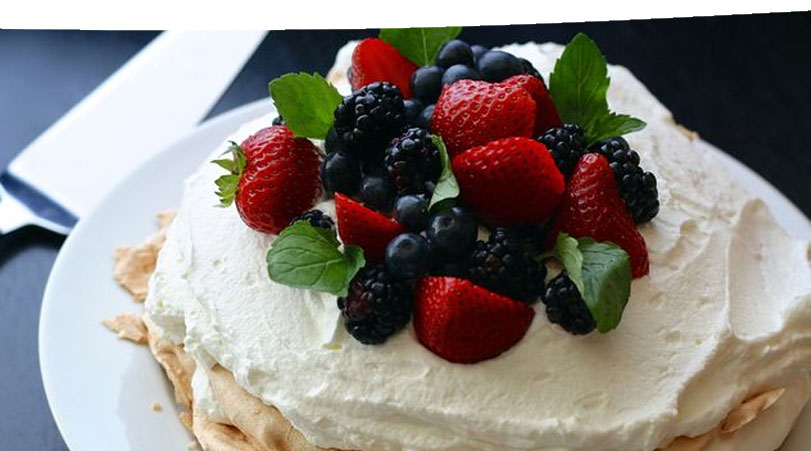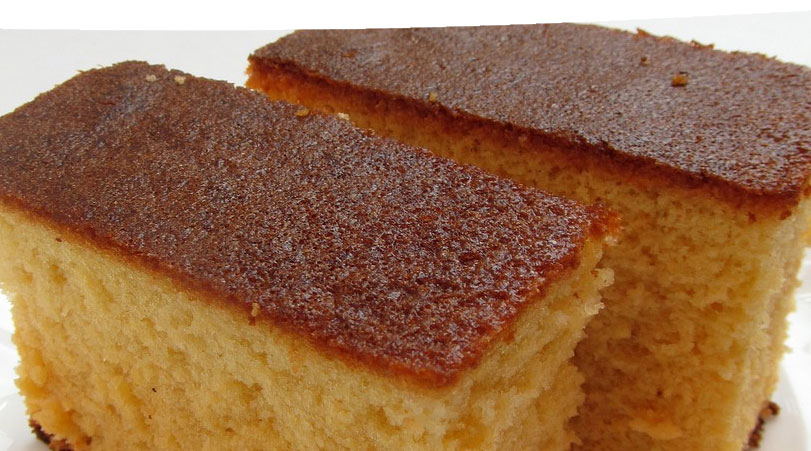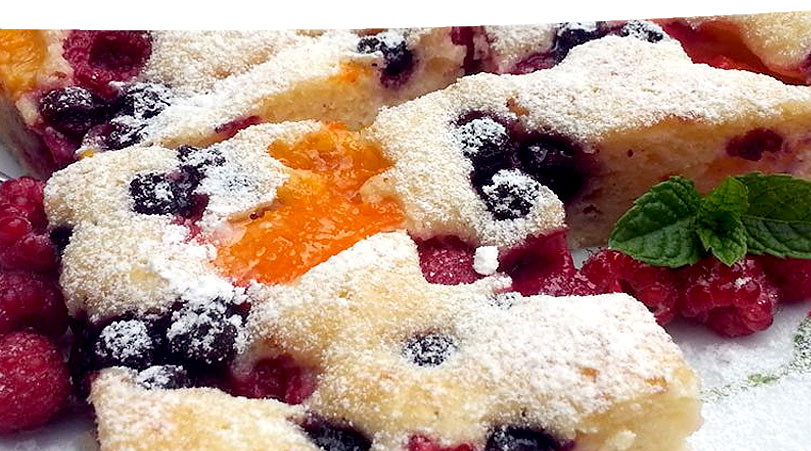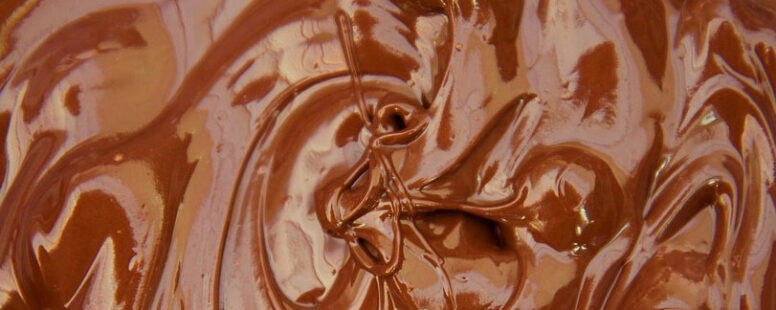7 Most Popular Cakes You Must Know
You might be having your personal favorites when it comes to cakes. Most of us would love to have a piece of cake whenever we get the chance. There are individuals, for whom, a slice of cake won’t be enough. Such people crave for another slice after having one. Many bakers around the world experiment with a variety of flavors, shapes, designs, textures, and decorations while preparing cakes.
All sorts of cakes have been created over a period of time. Amid such varieties of cakes, there are some that were able to stand the test of time. Let’s go through some of these cakes that still enjoy tremendous popularity:
1. Molten Chocolate
This cake was created by Jean-Georges Vongerichten. He had pulled out his chocolate sponge cake out of the oven mistakenly ahead of time. It proved to be a blessing in disguise. When he cracked the outer spongy part, he found liquid chocolate oozing out.
Vongerichten got the credit of creating the molten chocolate cake, popularly called the ‘lava cake’. After becoming immensely popular in the United States, this cake gained worldwide fame. It soon became a must-have on the menus of many global high-end restaurants.
Many individuals usually enjoy this cake as a dessert. It combines the elements of a flourless cake and a soufflé along with other ingredients. While creating this cake, timing is of great importance. You need to get the right moment when it can be inverted onto the plate from its single-portion ramekin.
2. Pavlova

Pavlova was the name of a famous ballerina. This is a quintessential summer dessert and is as delicate as the ballerina that it has been named after. While preparing this cake, whipped cream is laid on top of a meringue. A pop of color in the form of a fruit follows. The tart varieties are preferred more for contrasting the flavor of the meringue. Many consider this cake as a descendant of the German torte.
It was invented when Anna Pavlova toured Australia and New Zealand in the 1920s. The exact inventor of the cake is under debate even to this day. In 1926, the first recipe appeared in print. It was more of a multi-colored gelatin dish than a dessert.
The preparation of the base is just like any meringue. It involves beating the egg whites stiffly and then adding sugar, cornstarch, and vinegar. The dessert is generally made during Christmas with traditional toppings that include lemon curd or whipped cream.
3. Sachertorte
A classic, layered chocolate sponge cake, the Sachertorte is a famous Austrian cake. It includes a thin coating of high-quality apricot jam with an icing of chocolate on the top. This cake tastes the best when it is eaten with a small cloud of unsweetened whipped cream. Franz Sacher invented this cake in 1832 when he was a chef for Prince Clemens Lothar Wensel Metternich.
At the time, the prince was the State Chancellor of Austria. Sacher was only 16 years old when the prince demanded a new cake. Obliging to the prince’s demand, he took the ingredients that were available in the kitchen and created something new.
The cake became a big hit and Eduard, the son of Franz, opened a hotel called Sacher in 1876. The hotel serves this immensely popular cake even today. You’ll get a version of this cake in almost every coffee house of Vienna.
4. Kasutera

Also known as Castella, Kasutera is a traditional sponge cake of Japan. The ingredients for its preparation include sugar, starchy syrup, flour, and eggs. This specialty is originally from the Japanese city, Nagasaki. It has a soft, spongy, and moist texture. The egg foam slowly raises the cake with no addition of oil or butter. It came to Japan in the 16th century through the merchants arriving from Portugal.
The name ‘Kasutera’ comes from the phrase ‘pao de Castela’, which means ‘bread from Castille’. You’ll come across many variations of the Nagasaki kasutera today. They’re available in several flavors, such as chocolate, brown sugar, and honey. Tourists visiting Japan can purchase the cake as a gift for their friends or family members. The Japanese also prepare a small version of this cake traditionally during some festivals.
5. Pound
This is a British dessert that dates back to the early 18th century. In those times, many people were illiterate. Pound cake, therefore, had a simple convention that helped people remember its recipe quite easily. One pound of the ingredients such as flour, sugar, butter, and eggs was used for creating the dessert. There’s no leavening agent involved in its preparation. The only exception is that they whip the air into the batter.
By the 19th century, the recipes began to differ from the original considerably. Smaller quantities of ingredients were used, which resulted in smaller and lighter cake. The original cake was quite big and could feed a significant number of people. In recent times, the bakers use leaveners in this cake to make it less dense. Some cooks even add orange zest or chocolate for the enhancement of its flavor.
6. Bublanina

This is a traditional cake of the Czechs and the name means ‘bubble cake’. It is aptly named so, as the batter bubbles up while baking around the fruit in the cake. The choice of fruit changes according to the season. So, the Czechs can choose any of the available ones. The popular choices are tart cherries, apricots, sweet cherries, plums, strawberries, and blueberries.
Bublanina is somewhat similar to a coffee cake with regards to texture. The Czechs sometimes use it as a breakfast pastry. They prepare it using eggs, sugar, butter, flour, and a variety of fruits. The sponge is flavored with lemon or vanilla zest.
7. Buche de Noel
Traditionally, the French use sugar of confectioners to decorate this French cake. This is to give it a resemblance to the snow on a Yule log. Buche de Noel is a flourless chocolate cake. It is rolled with chocolate whipped cream. As an offering to the Sun, the Celts used to burn a log. This tradition has been lost as the home stoves have replaced the logs. As this Christmas cake has the shape of a log, it reminds many of their long-lost tradition.

